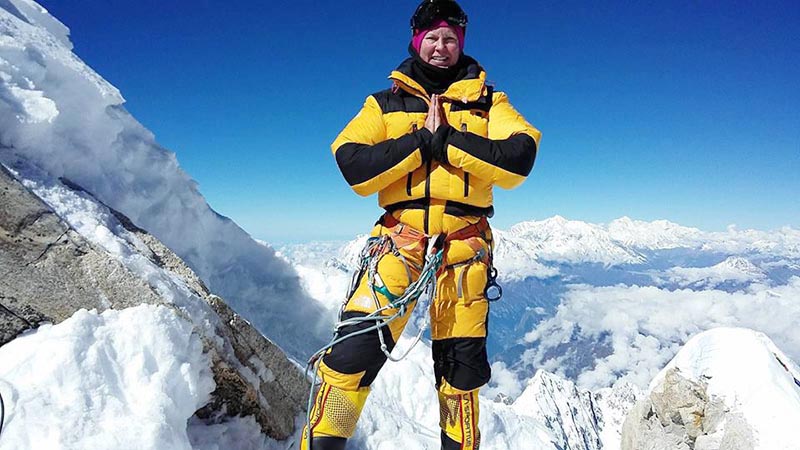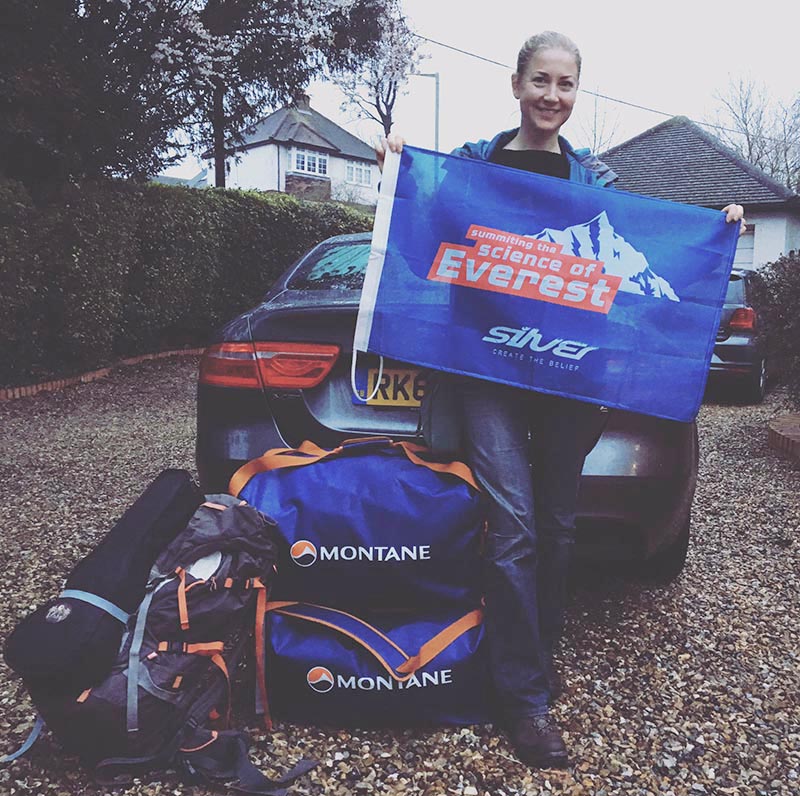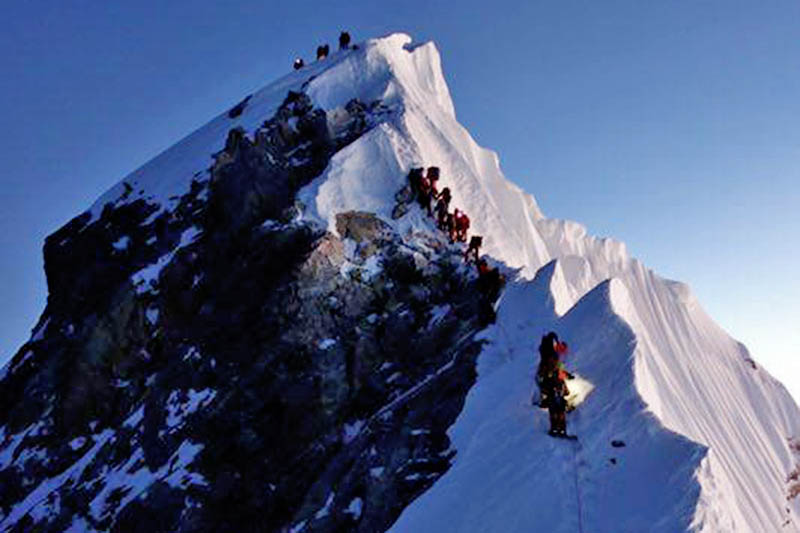NASA, climbers tie up to research on Mt Everest, Mt Makalu
Kathmandu, April 2
With the start of the year’s peak climbing season, world’s space agencies have joined hands with a few climbers to conduct scientific research on mountains, including Mt Everest.
American climbers, Willie Benegas and Matthew (Matt) Moniz will attempt to climb Mt Everest this spring to study how twins genomically adapt to most extreme terrestrial point on the planet. The climbers said molecular research on Mt Everest was part of the twins’ study project under the National Aeronautics and Space Administration.
“During the ascent, we’ll be collecting samples for the first of its kind genomic research project,” said Moniz, who became the 14th American and the youngest climber to summit Mt Makalu, and having reached the top only seven days after summiting Mt Cho Oyu. According to him, he will collect blood samples along the route and try to imagine drawing blood in his tent at South Col. “We also plan to scale Mt Lhotse,” he added.
According to him, blood as well as the microbiome collected via stool, nose and face will be analysed in Mason Lab in New York. “Samples will be collected in three phases – pre-, mid- and post-expedition.” Their twin siblings – Damian Benegas and Kaylee Moniz — will also be part of the Everest Twins Multi-omics Study tool, being control subjects of the study. “Moniz twins were born in 1998, the Year of the Tiger, while Benegas twins were born in 1968, the Year of the Monkey.”


Meanwhile, Melanie Windridge, a physicist from UK will also be attempting to climb Mt Everest as part of a science communication campaign, designed to inspire young people to study science.
“She will use the summit attempt to bring together a wide range of existing research and innovation relating to Mt Everest, to showcase the exciting areas of work and study in science,” Melanie’s aide David Lewis said.






